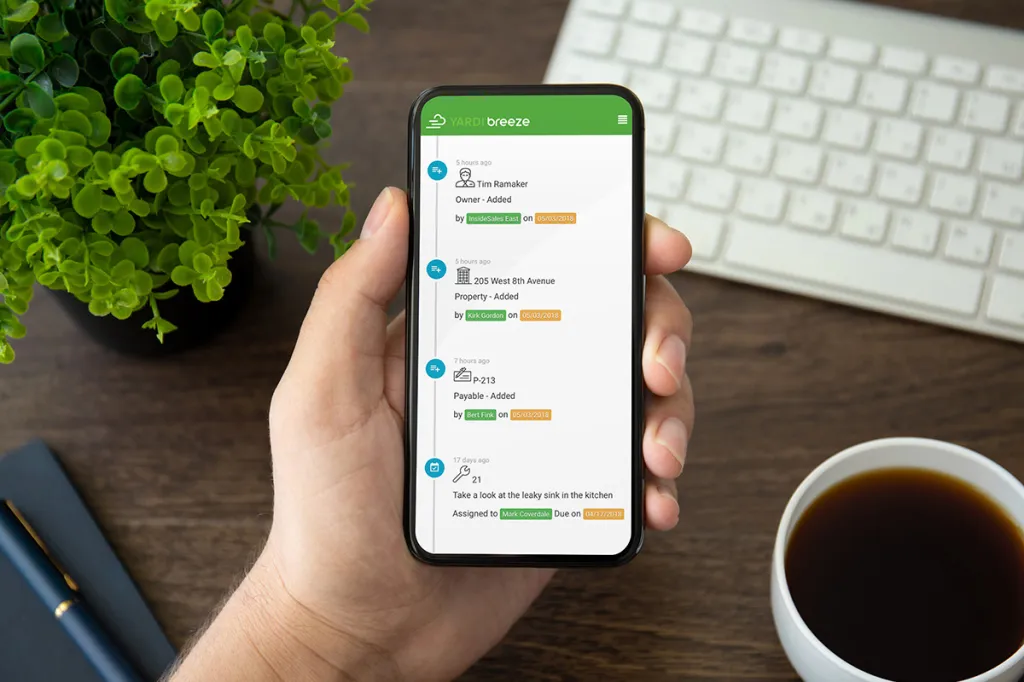
Have you encountered a NIMBY? It stands for “Not In My Backyard,” and it refers to a certain type of person who claims to support development initiatives … until an airport, homeless shelter, concert venue or housing development (the list goes on) is built next door to them or in plain sight.
The NIMBY problem is not new, and it’s unlikely to disappear overnight. It can be fueled by a range of fears and concerns:
- Noise
- Lack of parking
- Pollution
- Increased traffic
- Water availability
- Increase in crime
For the purposes of this article, we are focusing on NIMBYs and how it impacts affordable housing property managers. Overcoming NIMBYism often requires property managers to work closely with city/county planners, following state and federal environmental review processes. Plus, all planning hearings are public, and objectors are welcome to attend to speak directly to decision makers.
All this might sound like a lot, but don’t worry — that’s what this article is all about. We’ll help you navigate tricky situations and uncomfortable conversations with grace, tact and of course, positivity.
Keep discussions productive
It won’t do much to relieve tensions if you tell NIMBYs that you’re building affordable properties and there’s nothing they can do about it. If you put your foot down, they’re going to do the same.
And where does that leave us? Nowhere.
The need for affordable housing is urgent. There are millions of poor, working families who rely on these properties. Likewise, people with mental illnesses or even newly homeless families need affordable places to live. Yes, these issues are more important than the complaining neighbor. But you still have to give all complaints your full respect and attention.
Facts are in your favor, so use the facts
It’s a common misconception that affordable housing lowers property values. And this is likely to be among the first NIMBY arguments you hear. It’s also one of the easiest to counter. Draw from the many studies that show property value is rarely decreased — but sometimes increased — by affordable housing.
A study from ATTOM Data Solutions finds “median prices of single-family homes and condos rose from the fourth quarter of 2019 to the fourth quarter of 2020 in 77% of Opportunity Zones.”
Here’s another set of statistics showing affordable housing doesn’t lower the value of neighboring properties. In most cases, the effect is positive or just neutral.
Sometimes, giving people the facts is the easiest way to correct misinformation. However, you need to do so in a way that respects NIMBY concerns.
This doesn’t have to been done in person, either. To get the word out, consider:
- Direct mailings
- Email newsletters
- Fact sheets posted in public spaces and local businesses (with permission)
- An informational website
Acknowledge legitimate concerns
Not every anti-housing argument is rooted in prejudice or misconception. After all, there’s no guarantee property values will be unaffected or even raised by affordable housing. So, connect with your community, and be honest about your plans and expectations.
Include your supports in the conversation
There are plenty of people who have had positive experiences with affordable housing. And plenty more who recognize the social need for it and will be your advocates.
Get them involved!
You can avoid a NIMBY argument by finding your allies and using them to help correct misconceptions about affordable housing. Plus, you’re likely to encounter people who have no opinion either way on affordable housing initiatives. You’d be wise to get to these people first, as they’re more likely to go along with the first passionate argument they encounter.
But why is that?
It’s because of something known as the bandwagon effect. Basically, humans are social creatures and don’t like to be left behind on social trends. When one group of people gets an idea in the heads of another group of people, it’s often hard to get it out.
The goal is to make sure your idea reaches your community first.
Who are these neutral parties & where can you find them?
Your hidden supporters are everywhere. Community outreach is key to combating NIMBYism, and your current supporters can help. The first thing you want to do is identify the people who are most likely to profit or benefit from affordable housing. This group includes:
- Construction workers
- Suppliers
- Local businesses
- Infrastructure industries
- Families who might rent units there
- Activists and special interest groups (technically, they don’t profit from affordable housing, but they care about the outcome)
Discuss how the properties will be managed
Let’s say some community members are concerned because they make a (false) connection between affordable housing and crime. Point out that your property management software, such as Yardi Breeze Premier, makes it easy to run credit and criminal background checks for all prospects.
In broad terms, discuss who you can legally flag as an unsafe tenant as well as who is protected under the law. The Fair Housing Act protects people based on race, color, national origin, religion, sex, familial status and disability. You can remind your NIMBY crowd that these protections apply equally to all rental properties, not just affordable housing.
Further, the use of property management software shows that you’re running a modern, technologically savvy business. Let affordable housing skeptics see that the reality is a far cry from their initial judgment.
Highlight software features that appeal to renters, including online rent payments and maintenance requests. This could help counter additional false perceptions about affordable properties as being rundown, outdated, etc.
Hold an open house
Before any residents move in, hold an open house at your newly built or renovated affordable properties. Invite community leaders, supporters and the NIMBY crowd too. If you can get the project developers and architects to show up as well, everyone will get a chance to mingle and share their thoughts in a calm, professional setting.
And sometimes, that’s enough to clear the air. It might even win you a few friends!
Prepare to make small concessions
In some instances, giving up a small part of your plan helps get the NIMBY crowd on board. There may be concerns about view-obstructing trees, tree removal, fence height, parking or even the number of units being constructed.
Keep in mind that affordable housing projects need to be approved by local officials who may be hearing both sides of the argument. Discuss potential concessions with the NIMBY crowd, but don’t promise anything that hasn’t been approved by a government vote.
Overcoming NIMBYism is easier said than done
It’s much easier to write an article on how to deal with NIMBY arguments than it is to actually deal with them. Unfortunately, there’s no such thing as an airtight plan. Every affordable housing project will be different, from the community reaction and your outreach strategy to the official vote to approve the project.
This article can help you gain momentum right out of the gate, but it doesn’t guarantee success. When you start with facts, organize your efforts and keep a positive, productive attitude, you stand a good chance of being better prepared than the other side.
Disclaimer
This article is intended for informational purposes only and does not constitute legal advice on affordable housing development. Hire local consultants and lawyers who are in good standing with local elected officials. Use your hired professionals to help build trust with both the community and government.



